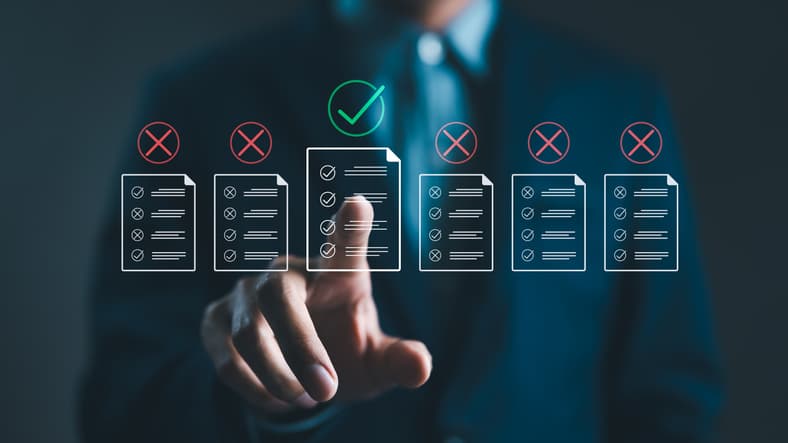
Check Point® Software Technologies Ltd. (NASDAQ: CHKP), a leading provider of cyber security solutions globally, has released findings from a new assessment carried out amongst 1,200 IT security professionals globally, which examines how the shift to remote work changed organizations’ security practices around users, devices, and access. As the threat landscape evolves and cyber-attacks become increasingly more sophisticated, many organizations have surprisingly not implemented security solutions that ensure best-in-class connectivity and security for remote employees.
The COVID-19 pandemic has forever changed the way in which we work, most companies have transitioned their entire workforce from on-premise to remote working. While a majority of organizations have fully adopted remote work as a way of life, security wise there are still many gaps that need to be bridged. Organizations are challenged with finding a balance between remote users’ productivity and ensuring device, access and corporate assets security. According to Check Point Software’s best practices there are five critical security solutions needed to protect remote users against internet based attacks, which include URL filtering, URL reputation, content disarm & reconstruction (CDR), zero phishing and credentials protection. However, only 9% of organizations surveyed use all five protections and 11% do not utilize any of the listed methods to secure remote access to corporate applications.
Key findings include:
- The remote-access security gap: 70% of organizations allow access to corporate applications from personal devices, such as unmanaged devices or bring your own device (BYOD). Only 5% of respondents reported they use all of the recommended remote access security methods.
- The need for internet access security: 20% of respondents reported that they do not use any of the five methods mentioned to protect remote users while browsing the internet, and only 9% use all five methods to protect against internet-based attacks.
- A lack of protection against ransomware: 26% of respondents do not have an endpoint solution that can automatically detect and stop ransomware attacks. Thirty-one percent do not use any of the mentioned methods to prevent sensitive business data from leaking outside the organization.
- Email and Mobile Security: Only 12% of organizations that allow corporate access from mobile devices use a mobile threat defense solution. This highlights how exposed organizations are too fast moving, 5th generation cyber-attacks that target remote workers.
“While many companies have embraced the new hybrid and remote work models, they have not adopted all of the critical solutions needed to secure their remote workforce. This survey confirmed that organizations have a gap when it comes to users, devices, and access security,” said Itai Greenberg, Vice President of Product Management at Check Point Software Technologies. “To bridge this gap, organizations should progress to a Secure Access Service Edge (SASE) architecture. SASE security models provide quick and simple access to corporate applications, for any user and from any device, and protect remote employees from all internet-based threats.”
Overall in 2021, researchers have seen 50% more attacks per week on corporate networks. As cyber attacks become more sophisticated and exploit the remote work environment, enterprises need a consolidated cybersecurity solution that strengthens their defenses and improves their agility against attacks. Check Point Harmony is a unified security solution for users, devices, and access. The solution provides organizations with comprehensive and robust workforce security, by consolidating 5 security products to provide complete protection for remote users – all in a single solution that is easy to use, manage and buy.
For more information about Check Point Harmony, visit: https://www.checkpoint.com/harmony/
For more information on the survey findings, download the full 2022 Workforce Security Report.


